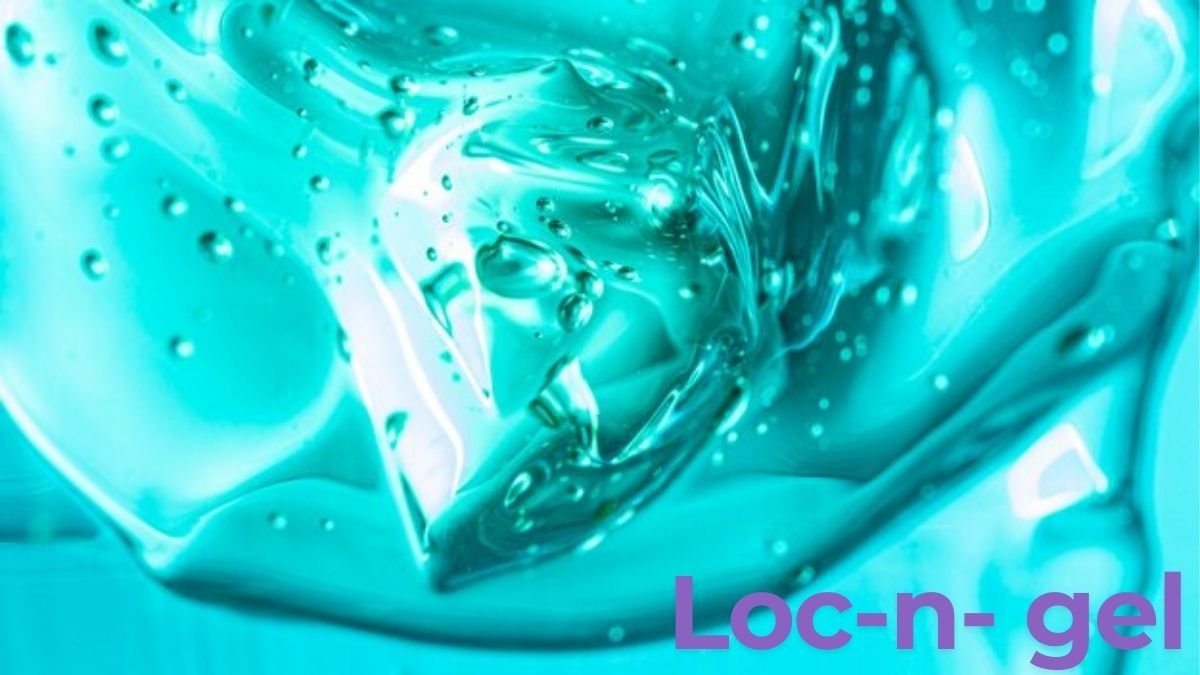HEALTH
The Ultimate Guide to Sports Recovery Spa: Boosting Performance and Reducing Fatigue

HEALTH
Loc N Gel: The Ultimate Guide for Healthy and Stylish Locs

Conclusion
Loc N Gesl is an essential product for anyone looking to care for, maintain, and style their locs. It provides a strong, non-sticky hold while adding moisture and nourishment, helping your locs look fresh and polished without any flaky residue. Whether you’re new to locs or a seasoned enthusiast, Loc N Gel natural formula and ease of use make it an excellent choice.
FAQs
Can Loc N Gels be used daily?
It’s best to avoid daily application to prevent buildup on your locs. Instead, use Loc N Gels during your regular retwist or styling routine, and maintain moisture between uses with a light oil or spray.
Will Loc N Gels work on loose natural hair?
Loc N Gels is specifically designed for locs due to its strong hold and moisturizing properties. While it can work on loose natural hair, it may feel heavier compared to gels formulated for looser curls.
Can I use Loc N Gels if I have sensitive skin or scalp?
Loc N Gels contains natural ingredients like aloe vera and honey, which are gentle on the scalp. However, if you have sensitivities, perform a patch test on a small area of your skin before full application.
How long does Loc N Gels hold up in different weather conditions?
Loc N Gels provides a reliable hold for various weather conditions, but in very humid or rainy weather, you may need a light reapplication. Always cover your locs or use a scarf to help maintain your style in extreme conditions.
Can Loc N Gels be used for different types of locs styles?
Yes, Loc N Gels is versatile and works for a range of styles, including twist-outs, updos, and palm-rolled locs. It’s suitable for all loc lengths and thicknesses.
HEALTH
Hospital Management: Comprehensive Guide to Efficient Healthcare Administration
HEALTH
Root Canal Cost: What to Expect and Factors that Influence Pricing
-

 TECHNOLOGY1 month ago
TECHNOLOGY1 month agoUnderstanding PHP ID 1: A Comprehensive Guide
-

 GENERAL1 month ago
GENERAL1 month agoSK 100W-MF2-35-1E1-1S10 / VPL-B1003: An In-Depth Look at a Powerful Lighting Solution
-

 LIFE STYLE1 month ago
LIFE STYLE1 month agoExploring Elise Maillet and the Rhône Valley
-

 LIFE STYLE1 month ago
LIFE STYLE1 month ago9236 Kitchin Wake Forest: A Deep Dive into a Unique Property from John the Diary in Rolesville
-

 GENERAL1 month ago
GENERAL1 month agoUnderstanding the Ratio: 324.48/125.3
-

 TECHNOLOGY1 month ago
TECHNOLOGY1 month ago2016 Berkshire 34QB for Sale: A Comprehensive Review
-

 Uncategorized1 month ago
Uncategorized1 month agoThe Ultimate Guide to Home Labs: Setting Up Your Personal Space for Learning and Experimentation
-

 TECHNOLOGY4 weeks ago
TECHNOLOGY4 weeks agoG15Tools.com Gadget: Revolutionizing Your Tech Experience






